The Norwegian seafood industry stands as a cornerstone of the country's economy, deeply rooted in its coastal culture and pristine Arctic waters. For centuries, fishing has been a way of life for communities along Norway's rugged coastline, where the cold, clear currents nurture some of the world's most sought-after marine species. Today, Norway is the second-largest seafood exporter globally, supplying everything from premium Atlantic salmon to snow-white cod fillets to markets across Europe, Asia, and beyond.
Sustainability lies at the heart of Norway's fishing practices, with strict quotas and marine management systems ensuring fish stocks remain healthy for future generations. The Norwegian Directorate of Fisheries employs cutting-edge satellite monitoring and onboard inspectors to combat illegal catches, while fishermen adhere to seasonal restrictions that allow breeding populations to recover. This commitment has earned certifications from the Marine Stewardship Council for fisheries like the Barents Sea cod, now considered a global benchmark for responsible harvesting.
During winter months, the Arctic cod migration transforms northern ports like Tromsø into hive of activity. Factory ships with flash-freezing capabilities process the catch within hours of being hauled aboard—a far cry from traditional wooden boats that once salted their harvest in barrels. Modern trawlers now use precision sonar to target mature fish while avoiding juvenile populations, and bycatch reduction devices minimize unintended catches. The result? Norway's cod stocks have nearly doubled since the 1990s despite increased demand.
King crab presents both opportunity and ecological challenge along the Finnmark coast. Originally introduced by Soviet scientists in the 1960s, these armored giants now dominate parts of the Barents Sea. Norwegian fishermen harvest them using specially designed pots that prevent smaller crabs from being taken, with most exports destined for luxury restaurants in Seoul and New York. Yet marine biologists carefully monitor their spread, as the invasive species threatens native shellfish beds.
Aquaculture has revolutionized Norway's seafood production since the first salmon farms appeared in fjords during the 1970s. Today, submerged pens dot protected inlets from Bergen to the Lofoten Islands, producing over 1.4 million tons annually. Innovations like AI-powered feeding systems and cleaner fish (which naturally remove sea lice from salmon) have addressed early environmental concerns. However, recent escapes of farmed salmon have prompted stricter containment regulations to protect wild genetic stocks.
The export machine runs like clockwork at Norway's seafood hubs. In Ålesund, forklifts load pallets of frozen haddock bound for Nigeria at dawn, while in Stavanger, live crabs scuttle through sorting facilities before their flights to Shanghai. What makes Norwegian seafood particularly competitive isn't just quality—it's the unmatched cold chain logistics. From boat to processing plant to supermarket shelf, temperature-controlled transport ensures Arctic freshness reaches Bangkok or Boston with equal reliability.
Climate change looms as an unpredictable variable in Norway's fishing future. Warmer waters have already pushed mackerel stocks northward, sparking disputes with neighboring countries over quota allocations. Meanwhile, scientists track how shifting ocean currents may affect the delicate balance of marine ecosystems. The government has responded with a "Blue Growth" initiative, funding research into sustainable fishing technologies and alternative species like seaweed farming.
For visitors, Norway's fishing heritage comes alive in places like the Hanseatic wharf of Bergen, where stockfish (wind-dried cod) still hangs on wooden racks as it did during Viking times. Local chefs now reinvent these traditions, pairing rakfisk (fermented trout) with craft beers or serving kelp as a sustainable garnish. As Norway positions itself as the world's seafood pantry, this balance between innovation and tradition continues to define its fishing industry—one cast net at a time.
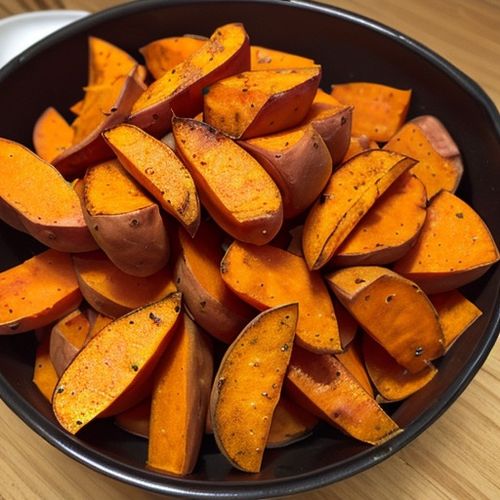
By Victoria Gonzalez/May 12, 2025
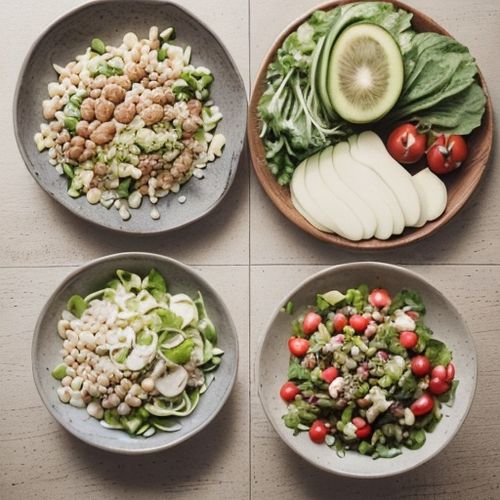
By Samuel Cooper/May 12, 2025
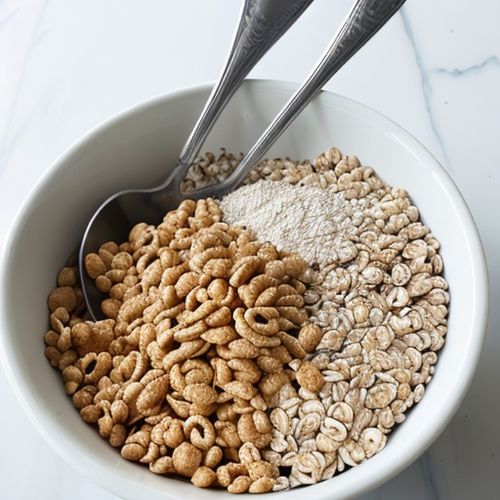
By Eric Ward/May 12, 2025
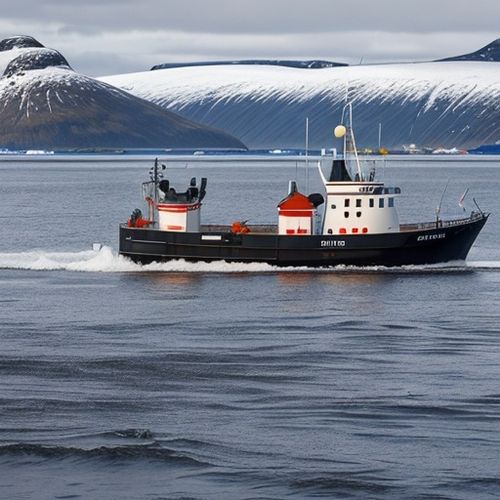
By Ryan Martin/May 10, 2025
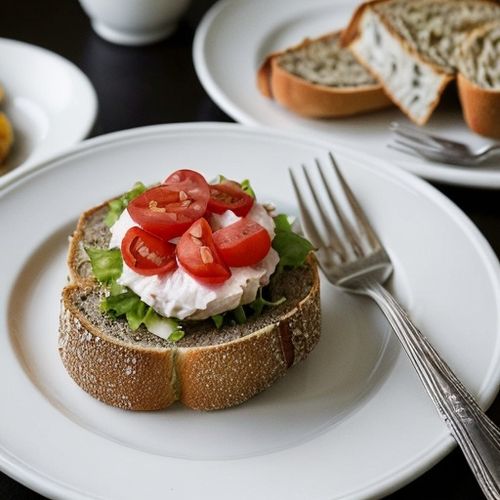
By Thomas Roberts/May 10, 2025
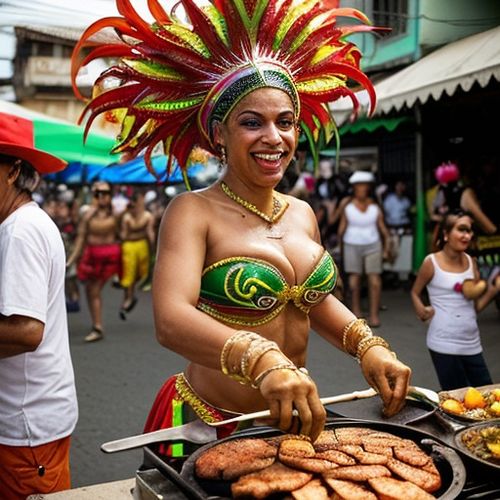
By Laura Wilson/May 10, 2025
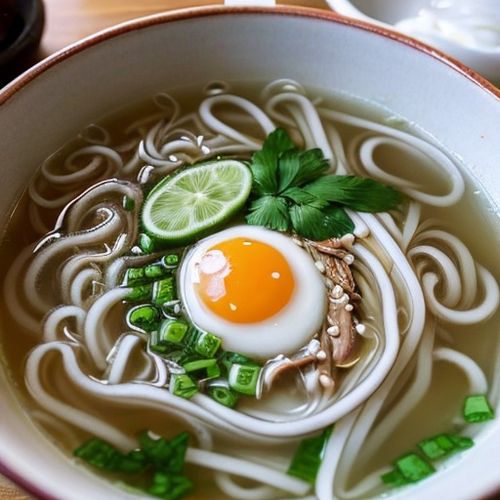
By Christopher Harris/May 10, 2025

By Samuel Cooper/May 10, 2025
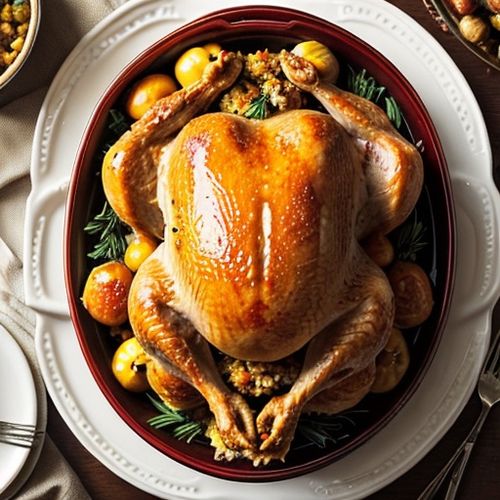
By Megan Clark/May 10, 2025
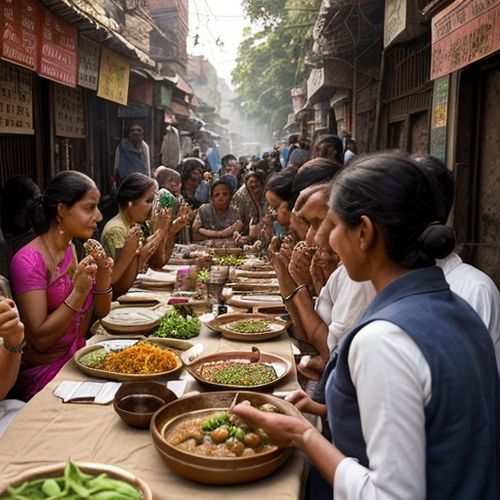
By Olivia Reed/May 10, 2025
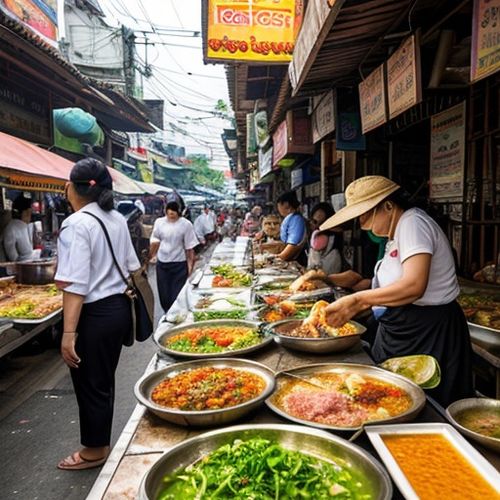
By Natalie Campbell/May 10, 2025
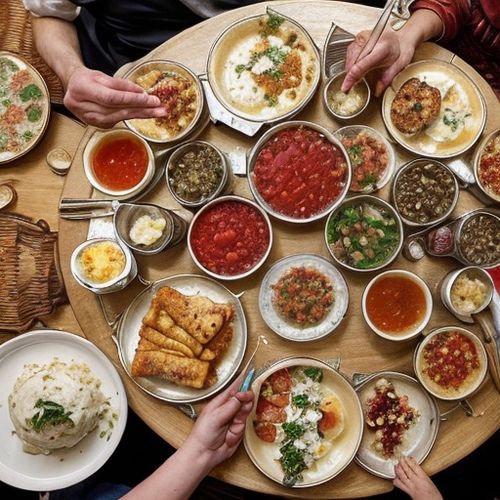
By Sophia Lewis/May 10, 2025
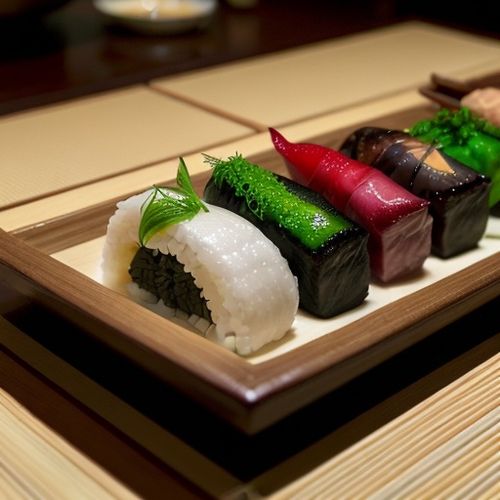
By George Bailey/May 10, 2025
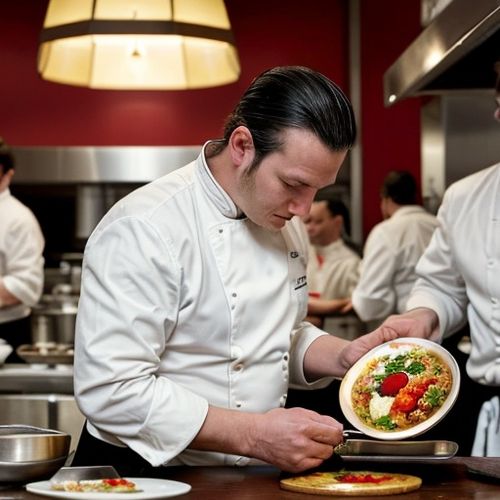
By Eric Ward/May 10, 2025
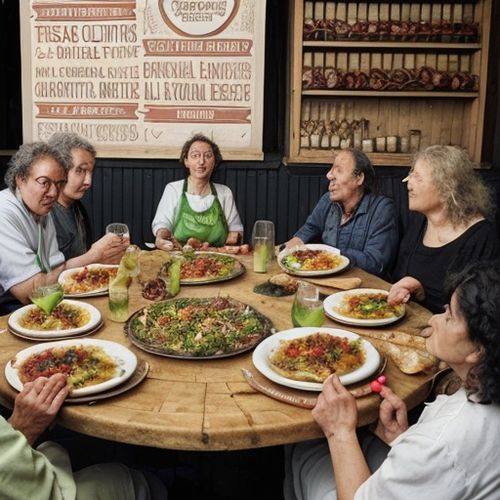
By Daniel Scott/May 10, 2025
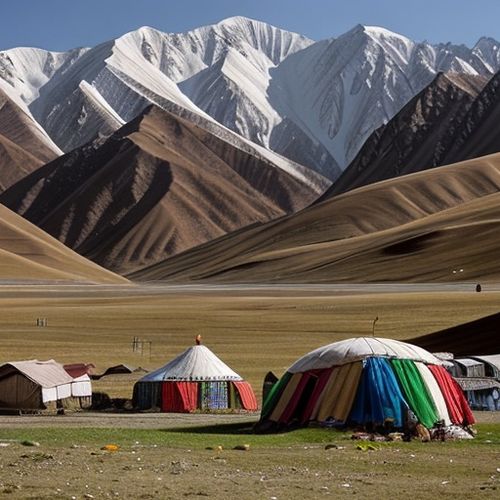
By George Bailey/May 10, 2025
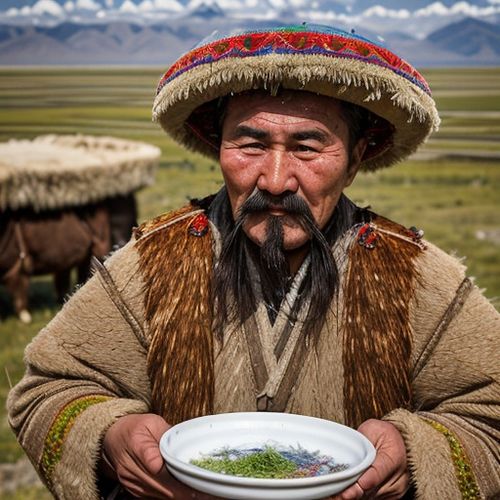
By Elizabeth Taylor/May 10, 2025
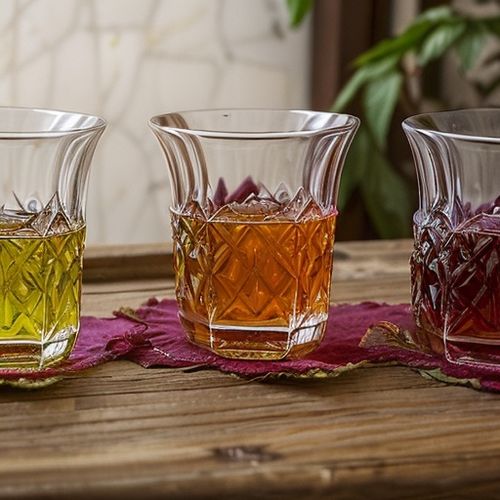
By Natalie Campbell/May 10, 2025
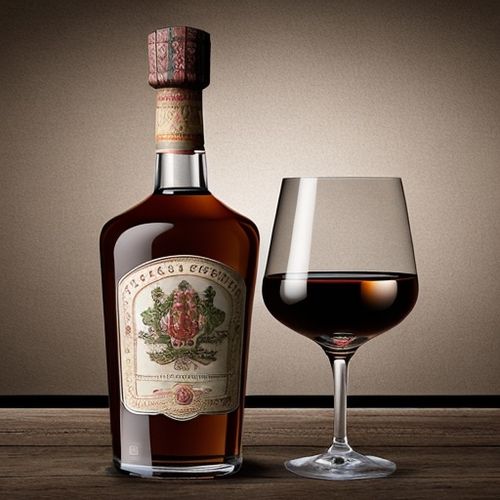
By Emily Johnson/May 10, 2025
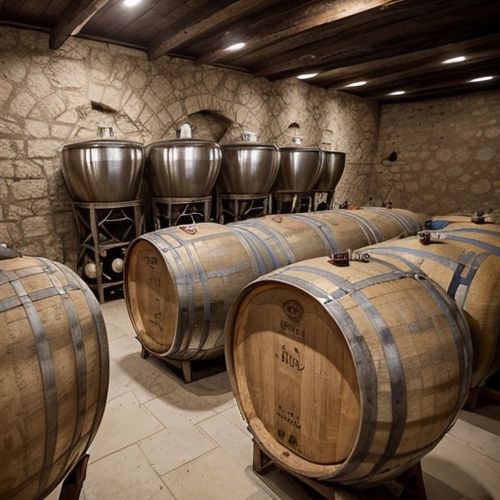
By Elizabeth Taylor/May 10, 2025